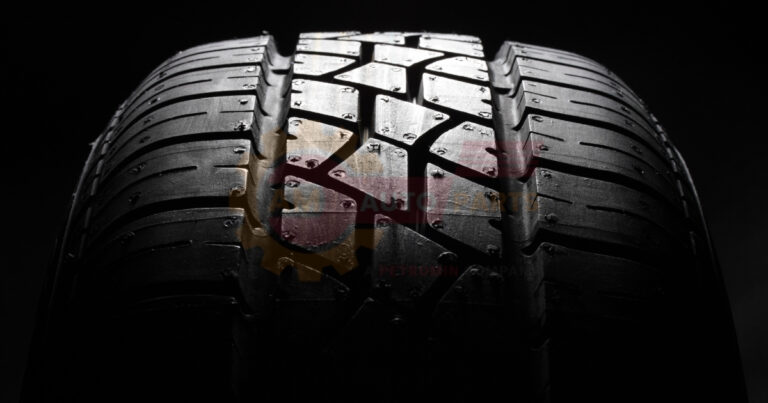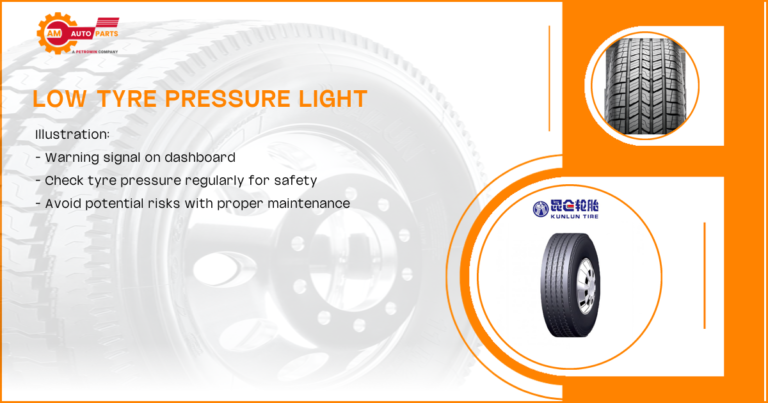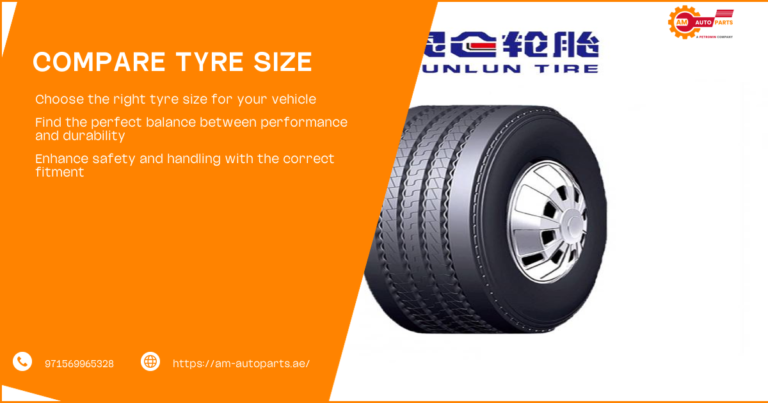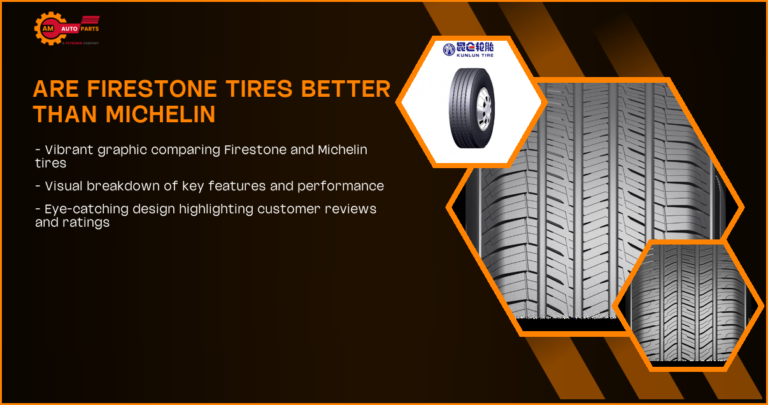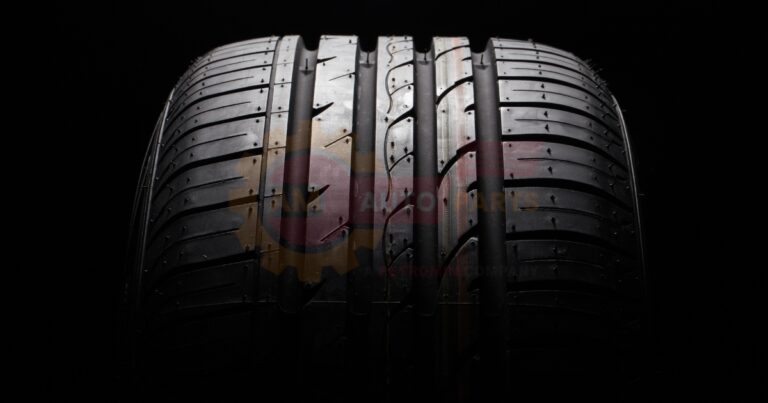What is Tire Rotation and Why is it Important?
Tire rotation is the practice of moving tires from one position on a vehicle to another to ensure even tire wear. This process is crucial for maintaining the longevity and performance of your tires. By regularly rotating your tires, you can prevent uneven wear patterns, which can lead to premature tire replacement and compromised vehicle safety.
Benefits of Regular Tire Rotation
Regular tire rotation offers numerous benefits, including extended tire life and improved vehicle handling. When tires wear evenly, they maintain better traction and stability, which is essential for safe driving. Additionally, even tire wear can enhance fuel efficiency, as the vehicle experiences less rolling resistance.
- Extends tire lifespan
- Improves vehicle handling and safety
- Enhances fuel efficiency
Impact on Tire Wear and Vehicle Performance
Uneven tire wear can negatively impact vehicle performance, leading to issues such as vibrations, noise, and poor handling. By rotating your tires, you ensure that each tire wears evenly, maintaining optimal performance and safety. This practice also helps in identifying potential alignment or suspension issues early on.
- Prevents vibrations and noise
- Maintains optimal handling
- Identifies alignment issues early
FWD Tire Rotation Patterns
Forward Cross Pattern for FWD Vehicles
The forward cross pattern is a common rotation method for front-wheel-drive (FWD) vehicles. In this pattern, the front tires are moved to the rear, and the rear tires are crossed to the opposite front positions. This helps in distributing wear evenly across all tires.
X-Pattern Rotation for FWD Cars
The X-pattern rotation involves swapping the front and rear tires diagonally. This means the front left tire moves to the rear right position, and the front right tire moves to the rear left position. This pattern is effective for FWD cars, ensuring balanced wear.
Rearward Cross Pattern for AWD and 4WD Vehicles
For all-wheel-drive (AWD) and four-wheel-drive (4WD) vehicles, the rearward cross pattern is recommended. In this pattern, the rear tires move to the front, and the front tires cross to the opposite rear positions. This method helps in managing the unique wear characteristics of AWD and 4WD systems.
How Often Should You Rotate Your Tires?
Manufacturer Recommendations
Most vehicle manufacturers recommend rotating tires every 5,000 to 8,000 miles. However, it’s essential to consult your vehicle’s owner manual for specific guidelines, as recommendations can vary based on the make and model.
Mileage-Based Rotation Intervals
Mileage-based intervals are a practical approach to tire rotation. By adhering to a set mileage schedule, you can ensure consistent tire maintenance, which is crucial for optimal performance and safety.
- Rotate every 5,000 to 8,000 miles
- Follow vehicle-specific guidelines
- Consistent maintenance ensures safety
Seasonal Tire Rotation Considerations
Seasonal changes can affect tire performance, making it important to consider rotation during these times. For instance, rotating tires before winter can ensure better traction on icy roads, while a spring rotation can prepare your vehicle for summer driving conditions.
- Rotate before winter for better traction
- Spring rotation for summer readiness
- Adjust based on seasonal conditions
Tire Rotation Near Me: Finding Local Service Centers
Using Online Tire Dealer Locators
Finding a tire rotation service near you is easier with online tire dealer locators. These tools allow you to search for local service centers by entering your location, providing a list of nearby options.
Checking with Local Auto Repair Shops
Local auto repair shops often offer tire rotation services. It’s beneficial to check with these establishments, as they may provide competitive pricing and personalized service.
Dealership Tire Rotation Services
Dealerships are another reliable option for tire rotation services. They have trained technicians who are familiar with your vehicle’s specific needs, ensuring a high-quality service.
Understanding Tire Rotation Charges
Average Cost of Tire Rotation Services
The average cost of tire rotation services ranges from 0 to 0. However, prices can vary based on location, vehicle type, and service provider. It’s advisable to compare prices from different providers to find the best deal.
Factors Affecting Tire Rotation Pricing
Several factors can influence tire rotation charges, including the type of vehicle, the complexity of the rotation pattern, and additional services such as balancing or alignment.
- Vehicle type and size
- Complexity of rotation pattern
- Additional services like balancing
DIY vs Professional Tire Rotation Costs
While DIY tire rotation can save money, it requires the right tools and knowledge. Professional services, though more expensive, offer expertise and convenience, ensuring the job is done correctly.
- DIY saves money but requires tools
- Professional services offer expertise
- Consider convenience and accuracy
Tire Rotation Pattern Guide
Standard Rotation Patterns for Different Vehicle Types
Different vehicle types require specific rotation patterns to ensure even wear. For instance, FWD vehicles benefit from the forward cross pattern, while AWD vehicles require the rearward cross pattern.
Directional Tire Rotation Patterns
Directional tires have a specific tread pattern designed to rotate in one direction. These tires require a front-to-back rotation pattern to maintain their performance and safety features.
High-Performance Tire Rotation Considerations
High-performance tires often have unique wear characteristics, necessitating specialized rotation patterns. It’s crucial to follow manufacturer guidelines to ensure these tires perform optimally.
Tire Rotation for Different Vehicle Types
FWD Tire Rotation Specifics
FWD vehicles typically experience more wear on the front tires due to the engine’s weight and power delivery. Regular rotation helps in balancing this wear, extending tire life.
RWD and AWD Tire Rotation Differences
RWD and AWD vehicles distribute power differently, affecting tire wear patterns. RWD vehicles often wear rear tires faster, while AWD systems require even wear across all tires.
Tire Rotation for Trucks and SUVs
Trucks and SUVs, due to their size and weight, can experience unique wear patterns. Regular rotation is essential to manage this wear and maintain vehicle performance.
DIY Tire Rotation Tips and Techniques
Tools Needed for Tire Rotation
To perform a DIY tire rotation, you’ll need a few essential tools, including a jack, jack stands, a lug wrench, and a torque wrench. These tools ensure a safe and effective rotation process.
Step-by-Step Tire Rotation Process
- Loosen the lug nuts on all tires.
- Use a jack to lift the vehicle and secure it with jack stands.
- Remove the tires and rotate them according to the recommended pattern.
- Reinstall the tires and tighten the lug nuts with a torque wrench.
Safety Precautions During DIY Rotation
Safety is paramount during a DIY tire rotation. Always use jack stands to support the vehicle, and ensure the lug nuts are tightened to the manufacturer’s specifications.
Tire Rotation and Wheel Alignment
Relationship Between Rotation and Alignment
Tire rotation and wheel alignment are complementary services. While rotation ensures even tire wear, alignment corrects the angles of the wheels, preventing uneven wear and improving handling.
Signs That Indicate Need for Both Services
Common signs that indicate the need for both rotation and alignment include uneven tire wear, steering wheel vibrations, and the vehicle pulling to one side.
Combining Rotation and Alignment Services
Combining tire rotation and alignment services can save time and money. Many service centers offer package deals, ensuring comprehensive tire maintenance.
Tire Rotation and Tread Wear
How Rotation Impacts Tread Wear Patterns
Regular tire rotation helps in distributing tread wear evenly across all tires. This practice prevents the development of uneven wear patterns, which can compromise safety and performance.
Measuring Tread Depth During Rotation
Measuring tread depth during rotation is essential for assessing tire health. Use a tread depth gauge to ensure your tires have adequate tread for safe driving.
Addressing Uneven Wear Through Rotation
If you notice uneven wear during rotation, it may indicate alignment or suspension issues. Addressing these problems promptly can prevent further tire damage.
Seasonal Tire Rotation Considerations
Winter vs Summer Tire Rotation
Winter and summer tires have different performance characteristics, making seasonal rotation important. Rotating tires before winter ensures optimal traction, while a spring rotation prepares your vehicle for summer conditions.
All-Season Tire Rotation Schedule
All-season tires require a consistent rotation schedule to maintain their performance across different weather conditions. Regular rotation ensures even wear and extends tire life.
Rotating Tires When Switching Between Seasonal Sets
When switching between seasonal tire sets, it’s important to rotate them to ensure even wear. This practice helps in maintaining the performance and longevity of both sets.
Tire Rotation and Vehicle Warranty
How Rotation Affects Tire Warranties
Regular tire rotation is often a requirement for maintaining tire warranties. Failing to rotate tires as recommended can void the warranty, leading to potential out-of-pocket expenses.
Documenting Tire Rotation for Warranty Purposes
Keeping detailed records of tire rotations is essential for warranty claims. Document the date, mileage, and service provider to ensure compliance with warranty requirements.
Manufacturer Requirements for Rotation
Manufacturers often have specific rotation requirements to maintain warranty coverage. It’s crucial to follow these guidelines to protect your investment.
Advanced Tire Rotation Techniques
Five-Tire Rotation Patterns with Spare
Incorporating the spare tire into the rotation pattern can extend the life of all tires. This five-tire rotation method ensures even wear and maximizes tire usage.
Rotation for Staggered Tire Setups
Staggered tire setups, where front and rear tires differ in size, require specialized rotation patterns. Consult your vehicle’s manual for specific guidelines.
Dealing with Directional and Asymmetrical Tires
Directional and asymmetrical tires have unique tread patterns, necessitating specific rotation methods. Follow manufacturer instructions to maintain their performance and safety features.
Tire Rotation and TPMS (Tire Pressure Monitoring System)
Resetting TPMS After Rotation
After rotating tires, it’s important to reset the TPMS to ensure accurate pressure readings. This process varies by vehicle, so consult your owner’s manual for instructions.
TPMS Considerations During Rotation
During tire rotation, ensure that the TPMS sensors are correctly positioned. Incorrect placement can lead to inaccurate pressure readings and potential safety issues.
Potential TPMS Issues Related to Rotation
Improper tire rotation can cause TPMS malfunctions, such as false alerts or sensor damage. Ensuring correct sensor placement and resetting the system can prevent these issues. Firestone rubber wheels are tough and long-lasting tires for cars and trucks They help vehicles grip the road better and provide a smooth ride Deflated rubber alert warns you when tires lose air This helps keep your car safe on the road
Sailun Chinese tiremaker makes tires for cars and trucks They sell their tires in many countries around the world Tire brand comparison helps you choose the best tires for your car Different tire brands offer various features and prices for
Environmental Impact of Regular Tire Rotation
Reduced Tire Waste Through Even Wear
Regular tire rotation reduces tire waste by extending the life of each tire. Even wear prevents premature replacement, contributing to environmental sustainability.
Fuel Efficiency Improvements from Proper Rotation
Proper tire rotation enhances fuel efficiency by maintaining optimal tire performance. Evenly worn tires reduce rolling resistance, leading to better gas mileage.
Sustainability Benefits of Tire Rotation
Tire rotation supports sustainability by minimizing waste and improving fuel efficiency. This practice contributes to a greener environment and cost savings for drivers.
Frequently Asked Questions
How much does tire rotation cost at AM Autoparts?
The cost of tire rotation at AM Autoparts typically ranges from 0 to 0. Prices may vary based on location and additional services. It’s advisable to contact them directly for the most accurate pricing.
Is tire rotation necessary for new tires?
Yes, tire rotation is necessary for new tires to ensure even wear and extend their lifespan. Regular rotation helps maintain optimal performance and safety.
Can you rotate tires too often?
While regular rotation is beneficial, rotating tires too often can be unnecessary. Follow manufacturer guidelines to determine the appropriate rotation schedule for your vehicle.
How does tire rotation affect fuel efficiency?
Tire rotation positively affects fuel efficiency by ensuring even tire wear. Evenly worn tires reduce rolling resistance, leading to improved gas mileage and cost savings.

